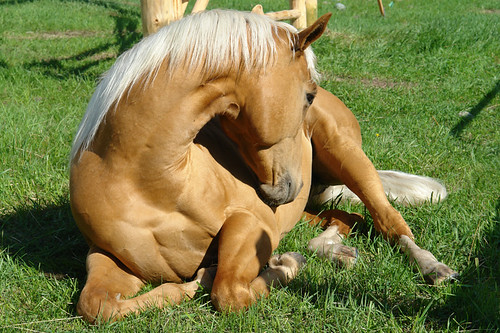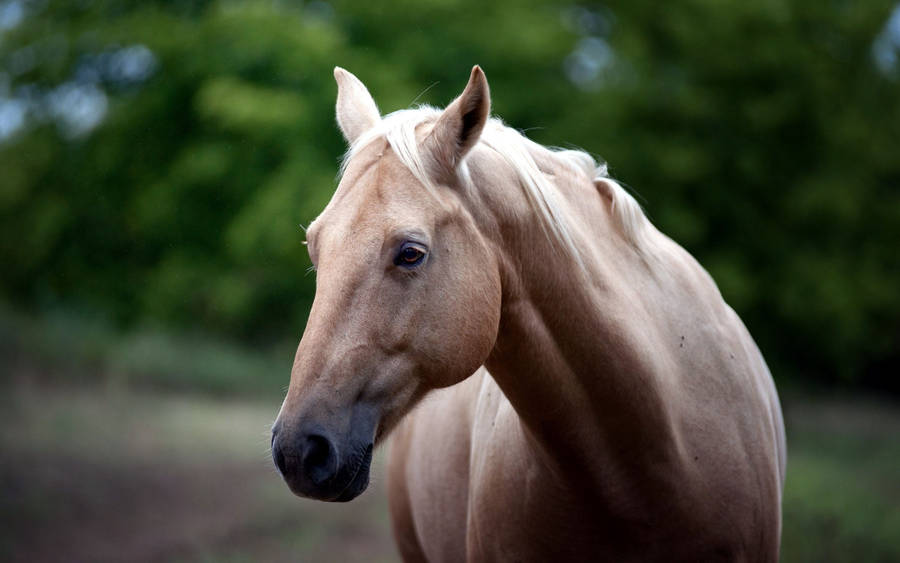Pretty Horse Pictures Biography
Source9Gogle.com.pk)Crazy Horse was born c. 1840, near present-day Rapid City, South Dakota. He was an Oglala Sioux Indian chief who fought against removal to a reservation in the Black Hills. In 1876 he joined with Cheyenne forces in a surprise attack against Gen. George Crook; then united with Chief Sitting Bull for the Battle of the Little Bighorn. In 1877, Crazy Horse surrendered and was killed in a scuffle with soldiers.
CONTENTS
Synopsis
Early Years
Changes for the Lakota
Celebrated Warrior
Last Stand
Early Years
An uncompromising and fearless Lakota leader who was committed to protecting his people's way of life, Crazy Horse was born with the Native American name Tashunka Witco around 1840 near what is present-day Rapid Springs, South Dakota.
The details of how he came to acquire the name Crazy Horse are up for debate. One account says that his father, also named Crazy Horse, passed the name on to him after his son had demonstrated his skills as a warrior.
Even as a young boy, Crazy Horse stood out. He was fair-skinned and had brown, curly hair, giving him an appearance that was noticeably different from other boys his age. These physical differences may have laid the groundwork for a personality that even among his own people made him a loner and a bit distant.
Crazy Horse's birth had come during a great time for the Lakota people. A division of the Sioux, the Lakota represented the largest band of the tribe. Their domain included a giant swath of land that ran from the Missouri River to the Big Horn Mountains in the west. Their contact with whites was minimal, and by the 1840s the Lakota were at the peak of their power.
Changes for the Lakota
In the 1850s, however, life for the Lakota began to change considerably. As white settlers began pushing west in search of gold and a new a life out on the frontier, competition for resources between these new immigrants and the Lakota created tension. Military forts were established in parts of the Great Plains, bringing in even more white settlers and introducing diseases that took their toll on the native Indian populations.
In August 1854 everything boiled over in what became known as the Grattan Massacre. It started when a group of white men, led by Lieutenant John Grattan, entered a Sioux camp to take prisoner the men who had killed a migrant's cow. After Chief Conquering Bear refused to give in to their demands, violence erupted. After one of the white soldiers shot and killed the chief, the camp's warriors fought back and killed Grattan and his 30 men.
The Grattan Massacre is widely considered the conflict that kicked off the First Sioux War between the United States and the Lakota. For the still young Crazy Horse, it also helped establish what would be a lifetime of distrust for whites.
Celebrated Warrior
As conflicts escalated between the Lakota and the U.S., Crazy Horse was at the center of many key battles.
In one important victory for his people, Crazy Horse led an attack on Captain William J. Fetterman and his brigade of 80 men. The Fetterman Massacre, as it came to be known, proved to be a huge embarrassment for the U.S. military.Trigger, Roy Rogers' beautiful Golden Palomino stallion, and co-star with Roy in many of his movies and Roy's TV show, was often billed as "the smartest horse in the movies".
The two of them appeared in dozens of westerns in the 1930s and 40s, always chasing and thwarting the bad guys, and working to serve peace and justice.
Trigger even shared the movie title with Roy on two occasions: My Pal Trigger (1946) and Trigger, Jr. (1950).
Trigger started life out as Golden Cloud (1932). His sire was a thoroughbred horse that had raced at Caliente Track, and his dam was a cold-blooded palomino. Trigger was foaled on a small ranch in the San Diego area which was partly owned by Bing Crosby. The manager of that ranch was Roy Cloud, a breeder originally from Noblesville, Indiana. At around 3 years of age, Golden Cloud was sold to the Hudkins Stables, which rented horses to the movie industry. Golden Cloud's first major appearance was in the movie, The Adventures of Robin Hood (1938) where he was ridden by Olivia de Havilland. When Gene Autry failed to report for work at Republic Pictures, Roy Rogers found himself cast in the lead role for Under Western Stars (1938). Before filming began on Under Western Stars (1938), Hudkins Stables brought their best lead horses to the studio so Roy could select a mount. As Roy recalled it, the third horse he got on was a beautiful golden palomino who handled smoothly and reacted quickly to whatever he asked it to do.
Roy said of Golden Cloud "He could turn on a dime and give you some change".
Smiley Burnette, who played Roy's sidekick in his first two films, was watching and mentioned how quick on the trigger this horse was. Roy agreed and decided that Trigger was the perfect name for the horse. Roy purchased the horse for $2,500 and eventually outfitted it with a $5,000 gold/silver saddle.
Roy was proud of the fact that throughout his more than 80 films, the 101 episodes of his television series, and countless personal appearances, Trigger never fell.
Roy once said that "he felt that Trigger seemed to know when people were watching him and that he recognized applause and just ate it up like a ham!"
Trigger won a Patsy award for the role in Son of Paleface (1952) & the 1958 Craven award winner. He was so popular that at one time, he even had his own fan club with members from all over the world. On July 3, 1965, at the Rogers ranch in Hidden Valley, California, Trigger, at age 33, passed away. Roy was reluctant to "put him in the ground", so Rogers had the horse mounted in a rearing position by Bishoff's Taxidermy of California. The rest of his remains are buried in Thousand Oaks, California on one of Roy's former ranches.
IMDb Mini Biography By: Roy Rogers Jr.
Trivia
Roy Rogers's horse.
Was bought by Roy Rogers in 1943 for $2,500.00
Trigger's original name was Golden Cloud.
Roy Rogers had several "Triggers" over the years. When the last of the line died in 1965 its hide was stretched over a frame and placed in Rogers and Dale Evans' museum in Victorville, California. After an investigation revealed that Trigger's meat had been sold to several small eateries in the South West, contrary to the The Prevention of Food Adulteration Act of 1954, butcher John L. Jones was sentenced to five years in prison.
Pretty Horse Pictures for Kids Black and White to Color Funny Hd Wallpapepr Images Pics
Pretty Horse Pictures for Kids Black and White to Color Funny Hd Wallpapepr Images Pics
Pretty Horse Pictures for Kids Black and White to Color Funny Hd Wallpapepr Images Pics

Pretty Horse Pictures for Kids Black and White to Color Funny Hd Wallpapepr Images Pics

Pretty Horse Pictures for Kids Black and White to Color Funny Hd Wallpapepr Images Pics

Pretty Horse Pictures for Kids Black and White to Color Funny Hd Wallpapepr Images Pics

Pretty Horse Pictures for Kids Black and White to Color Funny Hd Wallpapepr Images Pics

Pretty Horse Pictures for Kids Black and White to Color Funny Hd Wallpapepr Images Pics
Pretty Horse Pictures for Kids Black and White to Color Funny Hd Wallpapepr Images Pics

Pretty Horse Pictures for Kids Black and White to Color Funny Hd Wallpapepr Images Pics

Pretty Horse Pictures for Kids Black and White to Color Funny Hd Wallpapepr Images Pics
Pretty Horse Pictures for Kids Black and White to Color Funny Hd Wallpapepr Images Pics
Pretty Horse Pictures for Kids Black and White to Color Funny Hd Wallpapepr Images Pics

Pretty Horse Pictures for Kids Black and White to Color Funny Hd Wallpapepr Images Pics

Pretty Horse Pictures for Kids Black and White to Color Funny Hd Wallpapepr Images Pics

No comments:
Post a Comment